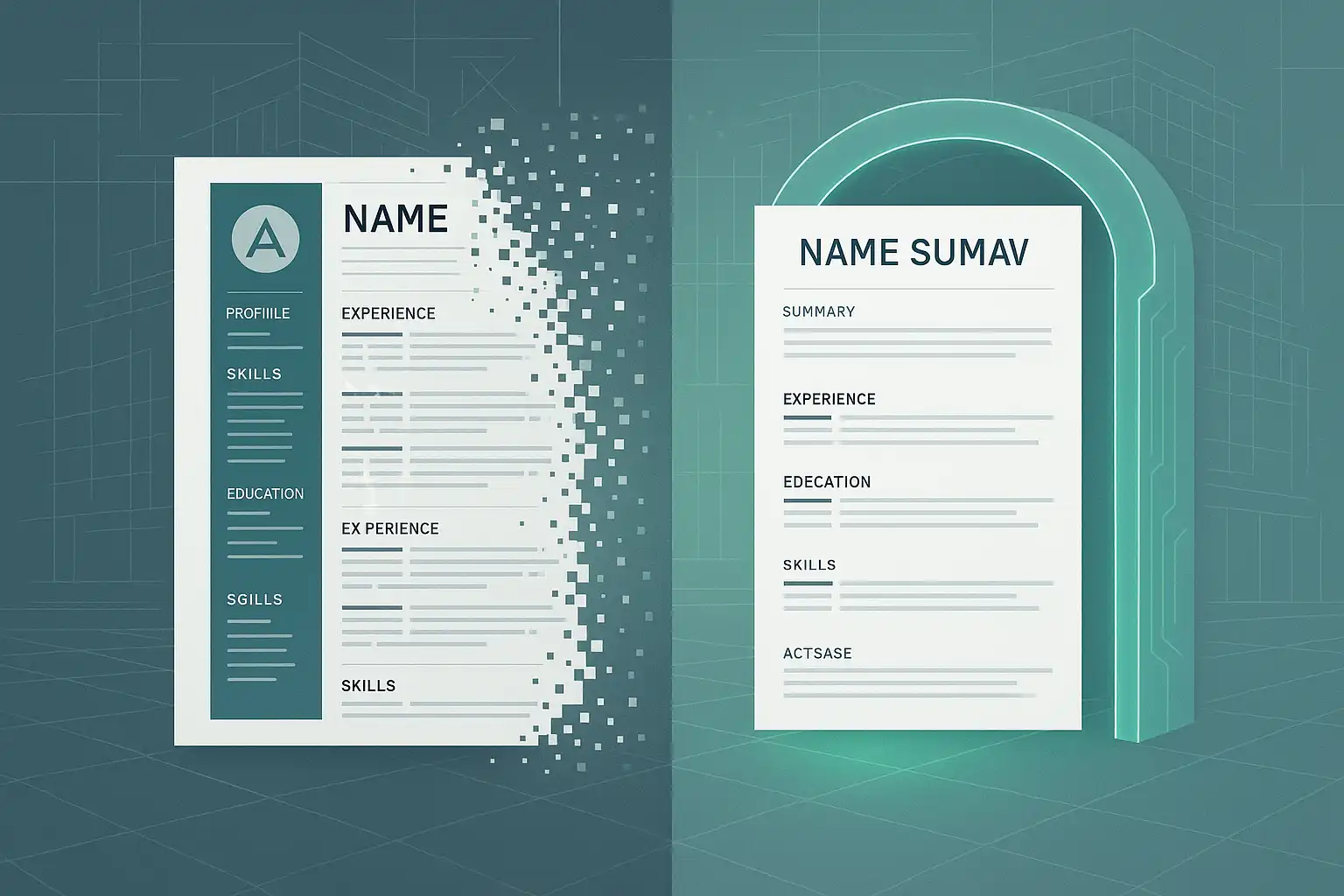- Home
- Articles
- Architectural Portfolio
- Architectral Presentation
- Inspirational Stories
- Architecture News
- Visualization
- BIM Industry
- Facade Design
- Parametric Design
- Career
- Landscape Architecture
- Construction
- Artificial Intelligence
- Sketching
- Design Softwares
- Diagrams
- Writing
- Architectural Tips
- Sustainability
- Courses
- Concept
- Technology
- History & Heritage
- Future of Architecture
- Guides & How-To
- Art & Culture
- Projects
- Interior Design
- Competitions
- Jobs
- Store
- Tools
- More
- Home
- Articles
- Architectural Portfolio
- Architectral Presentation
- Inspirational Stories
- Architecture News
- Visualization
- BIM Industry
- Facade Design
- Parametric Design
- Career
- Landscape Architecture
- Construction
- Artificial Intelligence
- Sketching
- Design Softwares
- Diagrams
- Writing
- Architectural Tips
- Sustainability
- Courses
- Concept
- Technology
- History & Heritage
- Future of Architecture
- Guides & How-To
- Art & Culture
- Projects
- Interior Design
- Competitions
- Jobs
- Store
- Tools
- More
How to Become an Architect Without a Degree: Alternative Paths to Success
Discover how to become an architect without a degree by exploring alternative paths like apprenticeships, certifications, and self-directed learning. Learn about legal requirements, skill-building resources, and real-world experience to grow in the field. With dedication and creativity, forge your own path and thrive in architecture without traditional education.

Becoming an architect has always been seen as a path that requires years of formal education, but what if we told you there’s another way? For those of us who dream of designing stunning buildings and shaping skylines, the lack of a degree doesn’t have to be a roadblock. With the right skills, dedication, and resources, it’s possible to carve out a successful career in architecture without following the traditional route.
We live in a time where hands-on experience, creativity, and networking can open doors that once seemed closed. By focusing on alternative paths like apprenticeships, certifications, and self-directed learning, we can build the foundation needed to thrive in this competitive field. It’s not an easy journey, but for those willing to put in the effort, the rewards can be just as fulfilling as any degree-backed career. Let’s explore how to make this dream a reality.

Table of Contents
ToggleUnderstanding The Role Of An Architect
Architects plan, design, and oversee the construction of buildings and spaces, integrating aesthetics, functionality, and safety. Their work ensures that projects meet both the client’s needs and local building codes.
They collaborate with professionals like engineers, contractors, and interior designers to bring a vision to life. Communication skills, technical expertise, and problem-solving abilities are essential in this role.
Architects also balance creativity with practicality. They create detailed plans, often using computer-aided design (CAD) software, while addressing structural integrity, energy efficiency, and material selection.
Attention to detail plays a significant part in ensuring compliance with regulations, zoning laws, and sustainability standards. Adaptability is critical, since project requirements vary based on client demands, site conditions, and project budgets.
The role goes beyond design work. Architects manage timelines, address design challenges, and often meet with clients to discuss progress and implement feedback.

Exploring Alternative Paths To Architecture
Pursuing a career in architecture without a degree is possible by committing to alternative learning methods and hands-on experience. These paths demand perseverance, but they offer valuable opportunities to develop essential skills.
Self-Education And Online Resources
Self-education provides access to foundational knowledge necessary for understanding architectural concepts. Platforms like Coursera, edX, and LinkedIn Learning offer courses on design principles, drafting techniques, and software proficiency, such as AutoCAD and SketchUp. Studying architecture-related books, technical manuals, and case studies deepens theoretical understanding. Creating a portfolio of projects, even conceptual ones, showcases your skill progression.
Many industry professionals share insights and instructional content on YouTube or specialized blogs. Engaging with these resources sharpens design skills and ensures familiarity with industry trends.
Learning From Mentors And Professionals
Collaborating with experienced architects accelerates skill development. Mentorship opportunities can be found through networking events, local meetups, or professional associations. A mentor provides guidance on real-world challenges architects face and advice on career strategies.
Shadowing professionals during site visits or project meetings offers firsthand experience in architectural processes. Communicating with these experts builds understanding of client management, team collaboration, and technical problem-solving.
Gaining Experience Through Internships And Apprenticeships
Internships with architectural firms provide practical exposure to design and construction phases. Firms often hire based on portfolios demonstrating creativity and competency, rather than academic credentials. These positions introduce novice architects to project documentation, model creation, and technical drafting.
Apprenticeships serve as structured, long-term learning opportunities under licensed architects. In jurisdictions where permissible, this hands-on route supports eligibility for licensure through the Architectural Experience Program (AXP), bypassing formal education requirements.
Building Your Skills Without Formal Education
Advancing in architecture without a degree requires strategic skill-building and practical experience. By focusing on design principles, software proficiency, and portfolio development, we can position ourselves effectively in the industry.

Developing Design And Technical Skills
Honing design and technical skills is essential for aspiring architects. We can study principles like spatial planning, structural integrity, and material selection using free or paid resources such as MIT OpenCourseWare and Khan Academy. Working on small, real-world projects, such as designing a room or planning a landscape, helps us apply these concepts practically. Hands-on experiences, like volunteering with construction teams or collaborating on community design initiatives, reinforce technical and conceptual understanding.
Mastering Architectural Software
Proficiency in architectural software enhances our ability to create professional designs. We should focus on mastering tools like AutoCAD, SketchUp, Revit, and Rhino, which are widely used in the industry. Free trials, YouTube tutorials, and platforms like LinkedIn Learning provide accessible ways to build these skills. Practicing software-based tasks, such as creating blueprints or rendering 3D models, ensures we’re prepared for real-world scenarios.
Building A Strong Portfolio
A well-curated portfolio demonstrates our creativity, skills, and experience to potential clients or employers. We should include a variety of projects showcasing design versatility, from residential layouts to complex structures. Incorporating conceptual sketches, CAD designs, and completed projects highlights our process and technical expertise. Using platforms like Behance or personal websites to display our portfolio also creates a professional online presence, broadening opportunities.
Navigating Legal And Certification Requirements
Breaking into architecture without a degree requires a thorough understanding of the legal and certification framework. Familiarizing ourselves with regulatory requirements and viable licensure pathways ensures compliance and credibility.

Understanding State Regulations
State-specific regulations govern the path to becoming a licensed architect. In the US, the National Council of Architectural Registration Boards (NCARB) oversees licensure standards, though individual state boards have their own criteria. Most states mandate a degree from a program accredited by the National Architectural Accrediting Board (NAAB). However, some allow alternative pathways, such as significant work experience in architecture-related roles, documented through the Architectural Experience Program (AXP).
Researching local licensing requirements is critical, as eligibility criteria and permissible experience hours vary widely. California and Hawaii, for example, offer routes to licensure without a degree under certain conditions, provided candidates meet extensive experience prerequisites. Understanding these requirements helps target states that align with our educational and professional background.
Exploring Licensure Options Without A Degree
Achieving licensure without a degree often involves leveraging NCARB’s Broadly Experienced Architect (BEA) program or similar state-level provisions. Programs like the BEA recognize extensive architectural experience and skill mastery as alternatives to formal education. Documenting years of work in roles such as draftsman, project manager, or architectural assistant is essential to qualify.
Additionally, earning certifications unrelated to degree programs, like LEED (Leadership in Energy and Environmental Design) credentials, demonstrates proficiency in sustainable design principles. While not equal to licensure, certifications add substantial value to our architectural portfolio. Combining these credentials with apprenticeships or technical roles builds the expertise necessary for navigating non-traditional licensure paths.
Success Stories Of Architects Without Degrees
Several architects have succeeded without traditional degrees, demonstrating that passion and persistence can lead to remarkable achievements.

- Frank Lloyd Wright
Frank Lloyd Wright, renowned for his innovative designs like Fallingwater and the Guggenheim Museum, never completed a formal degree. He began as an apprentice under architect Louis Sullivan, gaining hands-on experience that became the foundation of his iconic career.
- Tadao Ando
Tadao Ando, a self-taught architect and Pritzker Architecture Prize winner, started his journey by studying architecture independently, visiting significant buildings worldwide, and learning techniques. His works, including the Church of the Light, showcase his unique design philosophy and mastery.
- Rick Joy
Rick Joy transitioned from being a musician to becoming a recognized architect without formal education. By mastering materials and environmental integration, his projects, such as Amangiri Resort, reflect his deep understanding of architecture’s relationship with nature.
- Ole Scheeren
Ole Scheeren, known for designing Beijing’s CCTV Headquarters, did not initially follow the traditional educational path. Through apprenticeships and collaborative projects, he developed expertise that positioned him among top architects globally.
These stories prove that while grit and alternatives like mentorships or apprenticeships are essential, individuals can carve their paths and deliver extraordinary architectural contributions without conventional degrees.
Advantages And Challenges Of The Alternative Path
Taking a degree-free route to architecture offers unique benefits and obstacles that shape the journey.

Advantages
- Cost Savings
Pursuing non-traditional paths avoids high tuition costs. Online courses, apprenticeships, and certifications often cost a fraction of formal degree programs. For example, platforms like Udemy and LinkedIn Learning provide technical training for under $200.
- Flexible Learning
Self-paced learning offers freedom to choose topics and schedules. Individuals can focus on specific skills, like AutoCAD mastery or sustainable design, aligning with their career goals.
- Hands-On Experience
Practical exposure through apprenticeships and internships allows direct participation in real-world architectural projects. This applied learning accelerates competency development and provides valuable insights missing in theoretical programs.
- Unique Expertise
Engaging in diverse projects fosters creativity and problem-solving, forming distinctive skills. This diversity often stands out in portfolios, demonstrating a well-rounded approach to architecture.
Challenges
- Licensing Barriers
Gaining licensure remains harder without a degree due to traditional eligibility frameworks. For example, most state boards require a degree from NAAB-accredited programs. Alternative options, like NCARB’s BEA program, require extensive documented experience, demanding a high level of commitment.
- Limited Networking Opportunities
Degree programs offer built-in access to industry professionals, peers, and mentors. Alternative approaches rely on individual efforts for networking, which can slow career growth without proactive engagement.
- Increased Competition
Entering the profession without a degree means competing against formally educated peers. Strategic skill-building and an exceptional portfolio are essential for standing out to employers and clients.
- Time Investment
Gaining equivalent knowledge and skills requires significant time and discipline. Balancing self-study, apprenticeships, and paid work can challenge aspiring architects who rely on non-traditional paths.
Exploring this route necessitates determination and resourcefulness, balancing obstacles against opportunities.
Conclusion
Becoming an architect without a degree requires a strategic, resourceful approach focused on skill-building, practical experience, and understanding legal requirements. Leveraging apprenticeships, self-education, and industry certifications allows aspiring architects to gain necessary expertise and credibility in the field. By identifying state-specific licensure pathways and utilizing programs like NCARB’s BEA, it’s possible to bypass traditional academic routes while meeting professional standards.
Building a strong portfolio remains critical for showcasing creativity and technical competence. Hands-on projects, mentorships, and internships offer valuable exposure to design processes and help bridge the gap left by formal education. By mastering essential tools like AutoCAD and SketchUp and engaging with online learning platforms such as Coursera, aspiring architects can demonstrate proficiency and innovation in their work. We can approach these non-traditional routes with focus and determination, proving that a degree is not the only way to succeed in architecture.
- achieving architect status without degree
- alternative architecture education
- alternative paths to architecture
- architect career advice
- architect certification alternative
- architect jobs no degree required
- architect profession alternatives
- architect training programs
- architectural design skills tutorial
- architecture apprenticeship
- architecture career without college
- architecture certification programs
- architecture courses without degree
- architecture for non-degree holders
- become an architect without a degree
- become architect through experience
- build architecture career path
- how to be an architect without school
- how to become architect no degree
- learn architecture independently
- licensed architect alternate paths
- non-degree architecture careers
- non-traditional architect path
- path to becoming an architect
- self-education in architecture
- self-taught architect guide
- study architecture online
Submit your architectural projects
Follow these steps for submission your project. Submission FormLatest Posts
How Architects Can Pick the Perfect AI Resume Builder—A Practical Buyer’s Guide
Nearly every major architecture firm now routes applications through an applicant tracking...
Brand Strategy for Architects and Designers
Today, architects and designers must build strong brands that reflect their vision...
Why Students Choose to Study Architecture: Unpacking Passion and Career Opportunities
Explore the compelling reasons students choose to study architecture in this insightful...
Architecture Salary: How Much Do Architects Earn in 2025?
Discover the diverse salary landscape in architecture! From entry-level roles to leadership...












Leave a comment